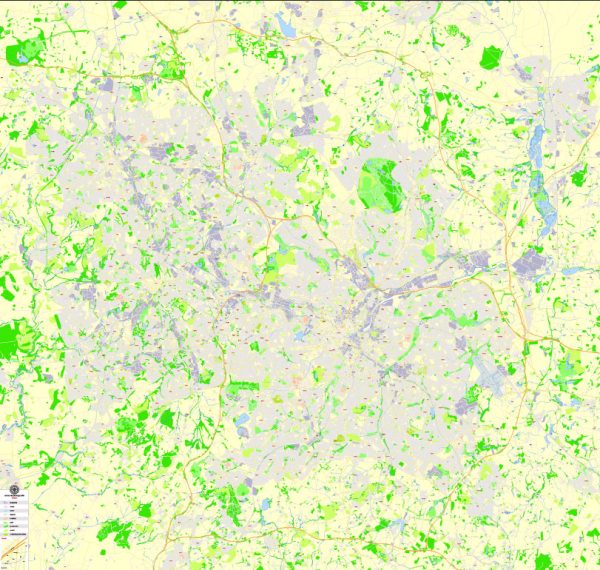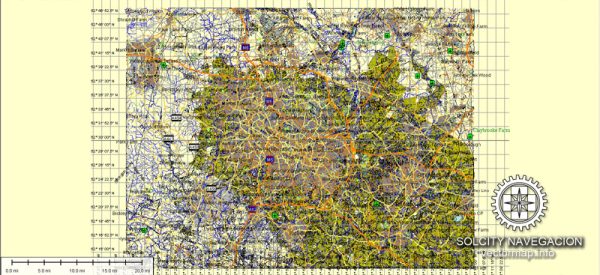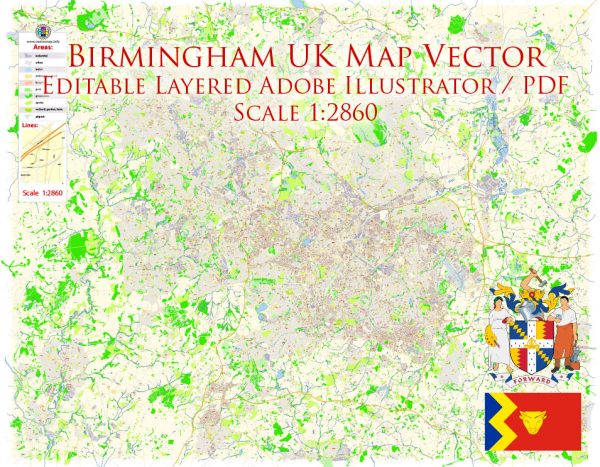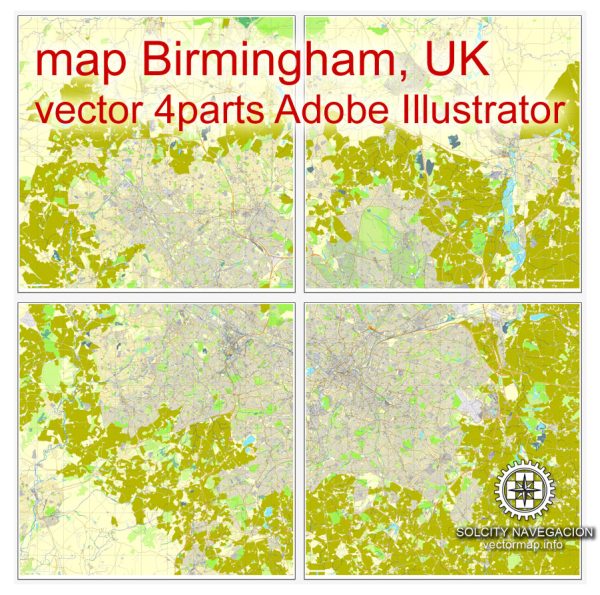The history of urban development in Birmingham, United Kingdom, is a fascinating journey that spans centuries. Birmingham has evolved from a small market town to a bustling industrial and commercial center, and it has seen significant transformations over the years. Here’s a brief overview of the city’s urban development:
- Medieval Roots: Birmingham’s history as a settlement dates back to the medieval period. In the 12th century, it was a small market town, known for its market and agricultural activities. The town’s location at the crossroads of several important trade routes contributed to its growth.
- Industrial Revolution: Birmingham’s most significant transformation occurred during the Industrial Revolution in the 18th and 19th centuries. The city became a hub for manufacturing and innovation. The construction of canals and later the railway network enhanced the city’s accessibility and connected it to key industrial areas in the West Midlands.
- Manufacturing and Innovation: Birmingham was known as the “City of a Thousand Trades” due to its diverse manufacturing industries, which included metalworking, jewelry, glassmaking, and textiles. The invention of the steam engine by James Watt, a resident of Birmingham, played a pivotal role in powering the industrial revolution.
- Victorian Architecture: The city’s Victorian era saw the construction of many iconic buildings and landmarks. The city’s architectural heritage includes structures like the Birmingham Town Hall, the Victoria Law Courts, and the Council House, which showcased grand neo-classical and Gothic Revival styles.
- Post-War Rebuilding: Birmingham, like many other British cities, suffered damage during World War II. The post-war period saw significant rebuilding and modernization efforts, with new infrastructure and housing developments.
- The Bull Ring: The Bull Ring, Birmingham’s historic market area, has undergone several transformations. The Bull Ring shopping center, built in the 1960s, was replaced by the Bullring, a modern retail complex, in the early 2000s. This transformation symbolized the city’s commitment to urban renewal and modernization.
- New Urban Planning: In recent decades, Birmingham has experienced further urban development with the construction of iconic modern buildings such as the Library of Birmingham and the Cube. The city has also focused on revitalizing areas like Digbeth and Eastside, promoting cultural and creative industries.
- Transportation: Birmingham’s transportation infrastructure has evolved significantly. The city is well-connected through road networks, and the Birmingham New Street railway station is a major transport hub. Additionally, the development of the Midland Metro tram system has improved public transportation within the city.
- Regeneration and Investment: Birmingham has attracted substantial public and private investments for regeneration projects, such as the redevelopment of the Birmingham Smithfield site and the construction of the HS2 high-speed rail link. These initiatives are aimed at fostering economic growth and enhancing the city’s livability.
- Diverse and Dynamic City: Today, Birmingham is a diverse and dynamic city with a rich cultural heritage, a thriving arts scene, and a vibrant business community. It remains a significant economic and cultural hub in the United Kingdom.
The history of Birmingham’s urban development is a testament to its ability to adapt and reinvent itself over time, responding to changing economic and social dynamics while preserving its historical character and architectural heritage.





 Author: Kirill Shrayber, Ph.D.
Author: Kirill Shrayber, Ph.D.